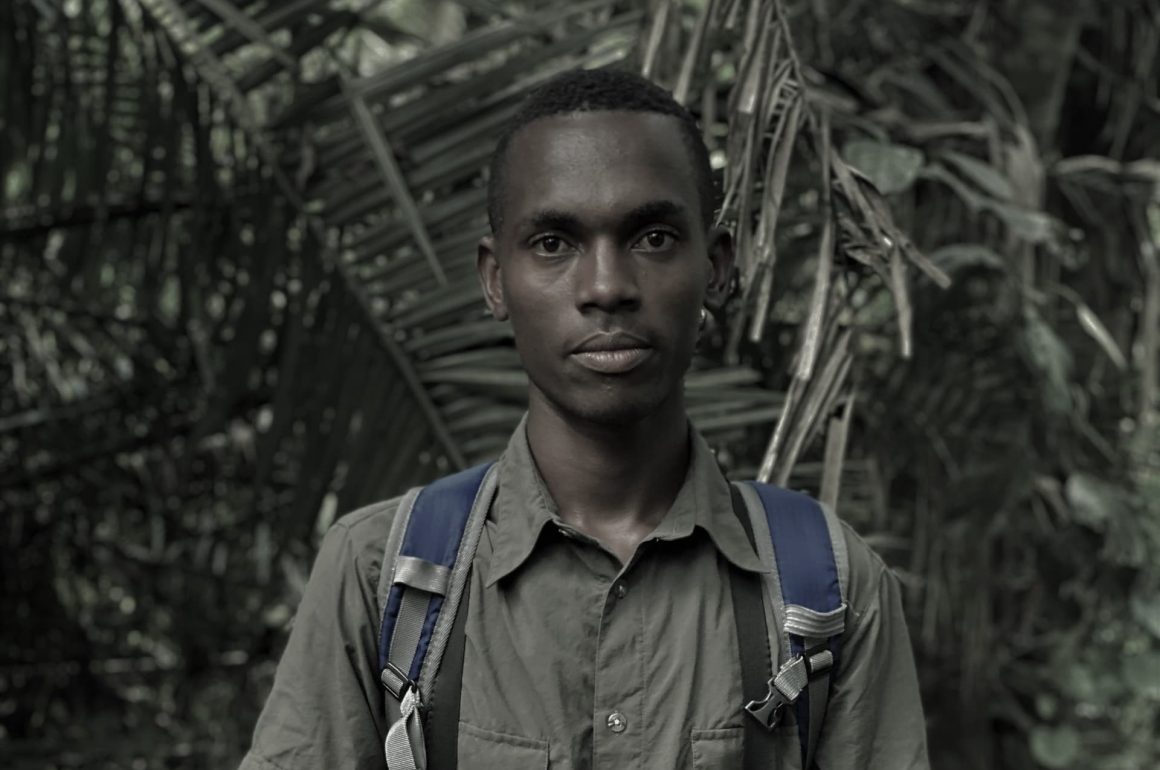
What is your favorite bird species?
As a bird guide in Uganda, my favorite bird species is the Green-breasted Pitta (Pitta reichenowi). This stunning bird is a true gem of the forest, both beautiful and elusive. Found primarily in the dense tropical forests of central Africa, in Uganda, it’s most famously seen in Kibale Forest National Park — one of the best places in the world to find it. What makes the Green-breasted Pitta so special to me is the challenge and thrill involved in spotting it. Unlike many colorful birds, pittas are shy and secretive, preferring to stay low in the undergrowth. To find one requires not only patience but also a deep understanding of its habits, calls, and habitat. Each sighting feels like a hard-earned reward, both for me and for my clients.
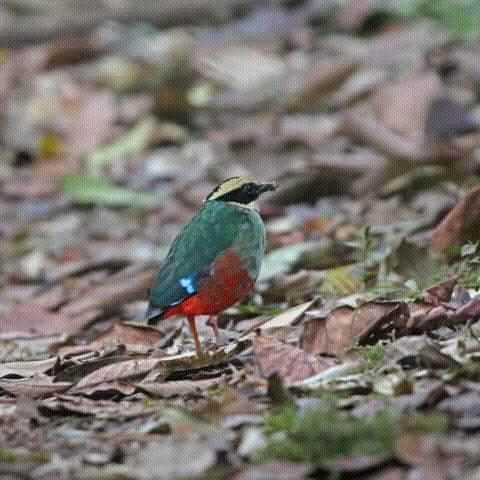
What is your name, and where do you live?
My name is Ronald Twinomugisha, but most of my friends know me as Mike Ronnie tour guide. I live in western Uganda, East Africa, in Fort Portal City, which is a neighbor to Kibale National Park, known to be the primate capital of the world, and a haven for the bird watching community
Lesser Flamingo
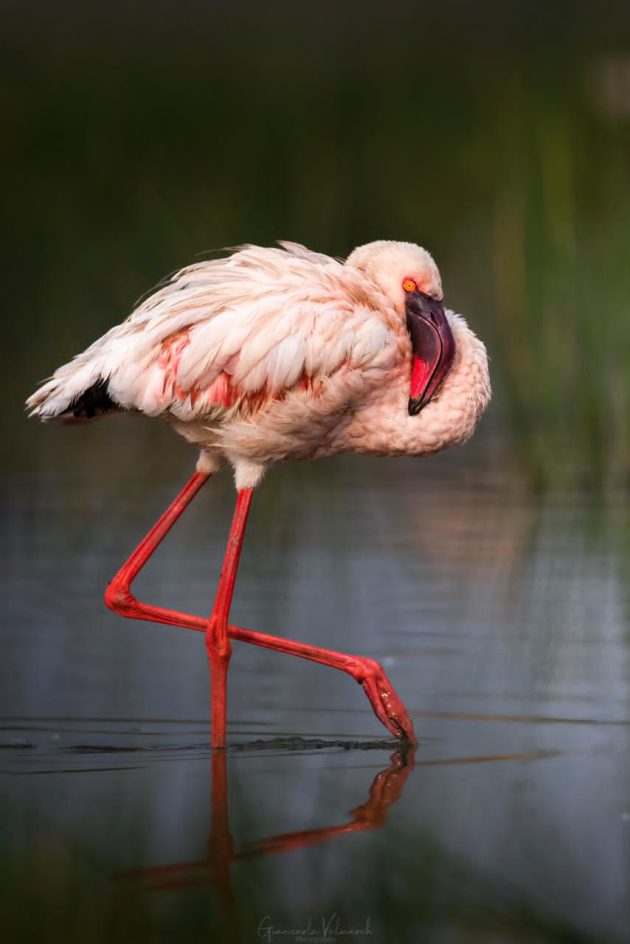
What are the main regions or locations you cover as a bird guide?
As a bird guide based in Uganda, I cover all ten national parks across the country, each offering a unique diversity of habitats and bird species — from the savannas of Murchison Falls and Queen Elizabeth, to the montane forests of Bwindi Impenetrable and Mgahinga Gorilla National Park, and the remote wilderness of Kidepo Valley.
In addition to the national parks, I also lead birding trips in other key hotspots such as Mabamba Swamp (famous for the Shoebill), Budongo Forest, and Semuliki National Park, among others.
Beyond Uganda, I have also led birding trips in Rwanda, particularly in Nyungwe Forest National Park and Akagera National Park, where we target Albertine Rift endemics and other East African specialties. My regional experience allows me to tailor birding tours across both countries, depending on the interests and target species of my clients.
African Grey Parrot
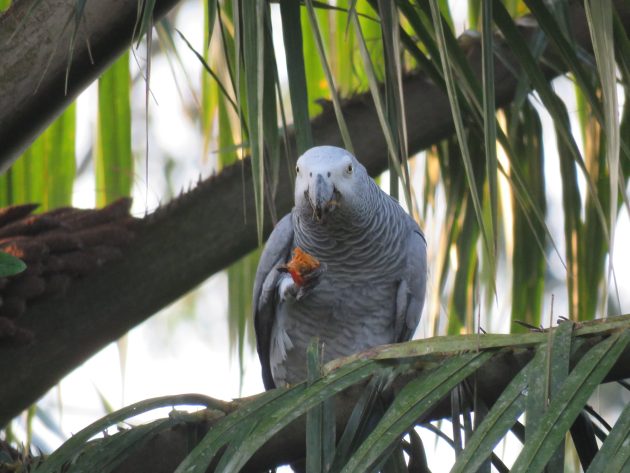
How long have you been a bird guide?
I officially began my bird guiding journey after completing my Tourism and Wildlife Management course in 2018 at the Uganda Wildlife and Tourism Training Institute (UWTI) in Kasese. After graduation, I started working as a site guide in Kibale National Park, one of Uganda’s richest birding destinations and home to the Green-breasted Pitta — the bird that truly deepened my passion for guiding.
In 2020, I transitioned into safari bird guiding, leading clients on multi-day birding and wildlife tours across Uganda and into Rwanda. Since then, I’ve had the opportunity to guide both individual birders and international groups, helping them discover the rich avian diversity of the Albertine Rift and East Africa as a whole.
Grey-crowned Crane
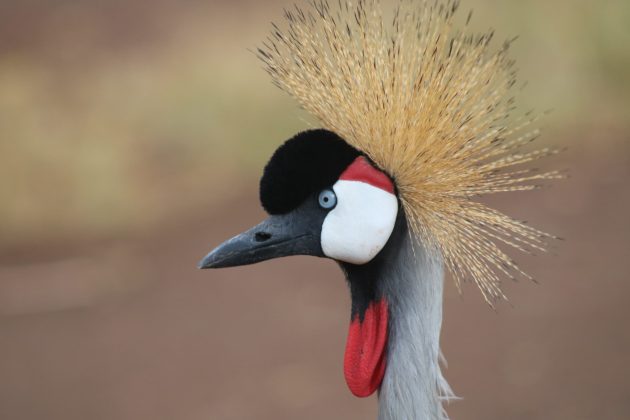
How did you get into bird guiding?
My journey into bird guiding started with a deep love for nature and wildlife from a young age. While studying Tourism and Wildlife Management at Uganda Wildlife and Tourism Training Institute, I was introduced to bird identification and ecology, which immediately caught my interest.
Great Blue Turaco
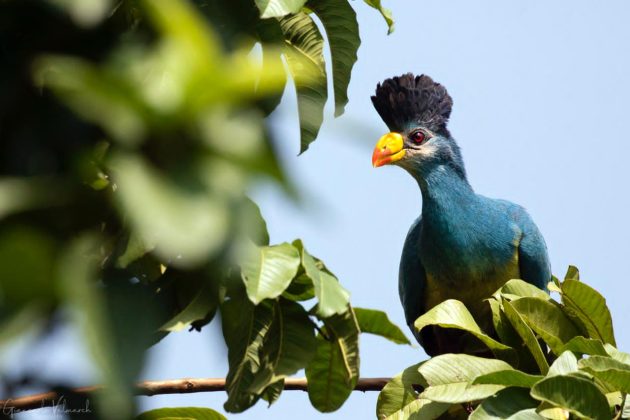
Rose’s Turaco
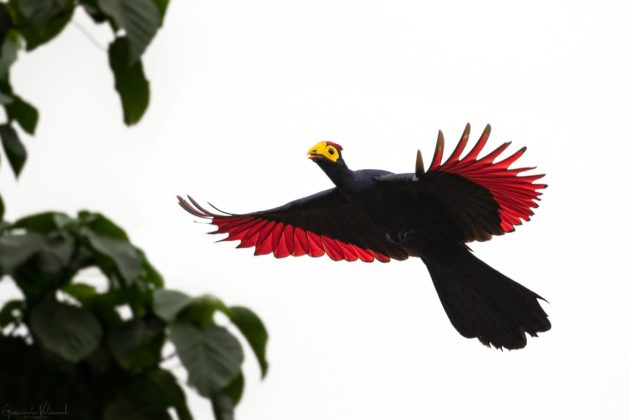
What are the aspects of being a bird guide that you like best? Which aspects do you dislike most?
One of the things I enjoy most about being a bird guide is the opportunity to connect people with nature. I love the excitement on a client’s face when they see a long-awaited lifer or hear the call of a rare species for the first time. Every day in the field brings a new adventure — no two birding trips are ever the same. I also enjoy the challenge of locating elusive species, interpreting calls, and reading habitats. It keeps me sharp, always learning, and always growing.
In addition, I value the cultural exchange that comes with guiding international birders. I get to share the beauty of Uganda and Rwanda’s birdlife, while also learning about the birding culture from different parts of the world.
What I dislike most are the logistical challenges that sometimes arise, such as weather disruptions, which can impact the smooth flow of a trip. However, I’ve learned to adapt quickly, find solutions, and ensure that clients still have a great experience no matter the obstacles.
Red-and-yellow Barbet
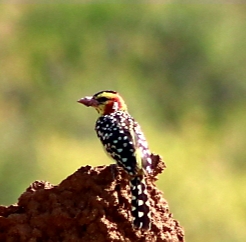
What are the top 5-10 birds in your region that are the most interesting for visiting birders?
Uganda is a birder’s paradise with over 1,070 recorded species, including Albertine Rift endemics, forest specialists, savanna dwellers, and wetland rarities. Among the top birds that attract birders from around the world are:
- Fox’s Weaver – Uganda’s only endemic bird species, found in limited areas in the eastern part of the country, especially around Lake Opeta and the surrounding wetlands.
- Green-breasted Pitta – A rare and sought-after forest jewel, best found in Kibale National Park. Spotting this elusive species is always a highlight for serious birders.
- Shoebill – One of Africa’s most iconic and prehistoric-looking birds, typically seen in Mabamba Swamp, Murchison Falls, or the Nile delta area.
- Yellow-billed Barbet – A colorful, fruit-loving species commonly seen in mid-altitude forests like Mabira and Kibale.
- Speckled Woodpecker – A beautiful and active species often seen foraging on tree trunks in woodland and forest edges.
- Grey Parrot (African Grey Parrot) – Known for its intelligence and mimicry, this globally threatened species can still be seen in parts of Uganda, especially Budongo Forest.
- Karamoja Apalis – A rare and localized species found mainly in the dry savanna thickets of northeastern Uganda, particularly Kidepo Valley National Park.
- Lesser Flamingo – Best seen at Lake Munyanyange near Queen Elizabeth National Park, especially during migratory seasons.
- African Green Broadbill – Found in the Ruhija sector of Bwindi Impenetrable National Park, this is another prized Albertine Rift endemic for forest birders.
- Shining-blue Kingfisher – A shy and striking kingfisher often seen near forest streams, especially in places like Bigodi Wetland and Kibale Forest.
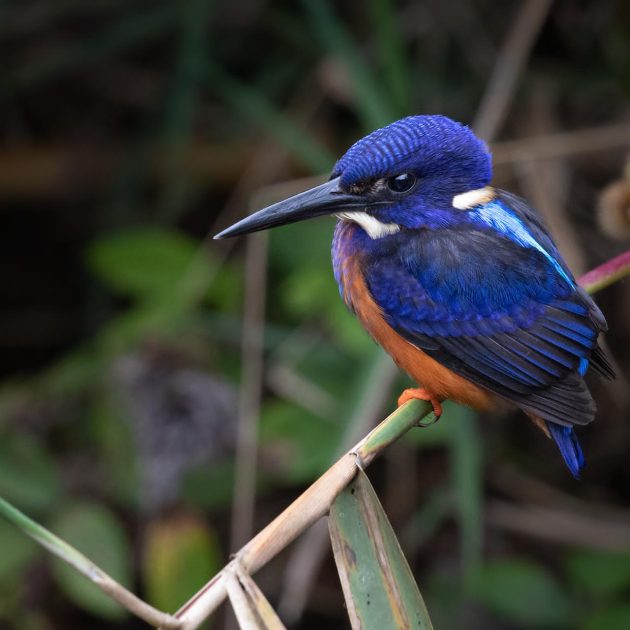
Can you outline at least one typical birdwatching trip in your area? Please briefly describe the locations, the key birds, and the approximate duration of such a trip
One of the most rewarding and popular birdwatching trips I offer is a 10-day birding safari through western Uganda, which covers a range of habitats — wetlands, lowland and montane forests, savannas, and crater lakes — giving birders the chance to see a wide variety of species, including Albertine Rift endemics and regional specialties.
- Day 1: Arrival in Entebbe. We usually begin with some local birding around Mabamba Swamp to search for the Shoebill, along with African Jacana, Blue-breasted Bee-eater, Lesser Jacana, and Papyrus Gonolek.
- Days 2–3: Kibale Forest National Park. Home of the Green-breasted Pitta, Kibale is one of the best birding forests in Uganda. Other key species include the Yellow-spotted Barbet, White-naped Pigeon, Dusky-blue Flycatcher, and White-tailed Ant-Thrush. We also visit Bigodi Wetland for species like the Shining-blue Kingfisher and the Speckled Tinkerbird.
- Days 4–5: Semuliki National Park. A great spot for Congo Basin species, with highlights like White-crested Hornbill, Nkulengu Rail, and Red-billed Dwarf Hornbill. This site gives a different mix of species compared to other parts of Uganda.
- Days 6–7: Queen Elizabeth National Park. A mix of savanna and wetland birding. Key birds include Martial Eagle, African Skimmer, Grey-crowned Crane, and possibly Lesser Flamingoes at Lake Munyanyange. We also take a boat cruise along the Kazinga Channel for close-up views of kingfishers, herons, and storks.
- Days 8–9: Bwindi Impenetrable National Park (Ruhija Sector). We focus on Albertine Rift endemics such as African Green Broadbill, Rwenzori Batis, Handsome Francolin, and Stripe-breasted Tit. Ruhija is a birder’s dream.
- Day 10: Return to Entebbe or Kigali (Rwanda). Depending on the itinerary, clients may fly out from Entebbe or cross into Rwanda. On the way back, we often do short birding stops depending on time and interest.
This trip typically records over 300–400 species, including many endemics, and offers an unforgettable combination of birdlife, landscapes, and cultural encounters.
Papyrus Gonolek
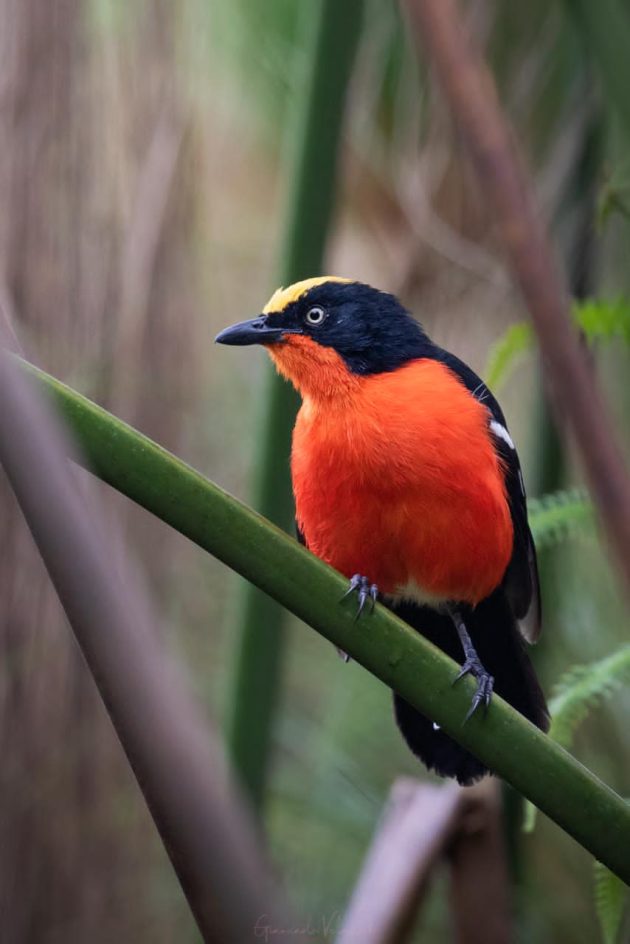
Black-headed Gonolek
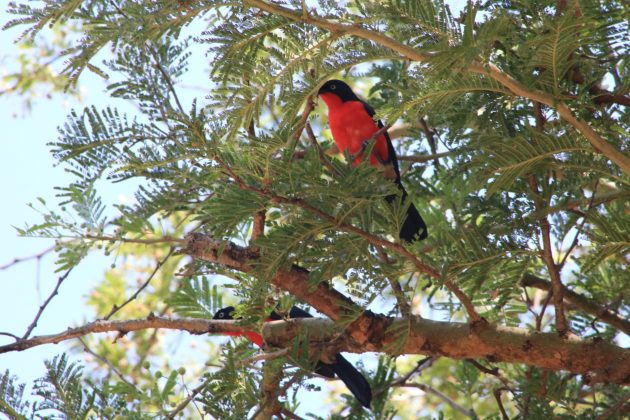
What other suggestions can you give to birders interested in your area?
Uganda is a year-round birding destination, but the best months for birding are during the dry seasons, from December to February and June to August, when trails are more accessible and bird activity is high. These periods also align with breeding seasons for some species, and are excellent for forest birding, including the elusive Green-breasted Pitta.
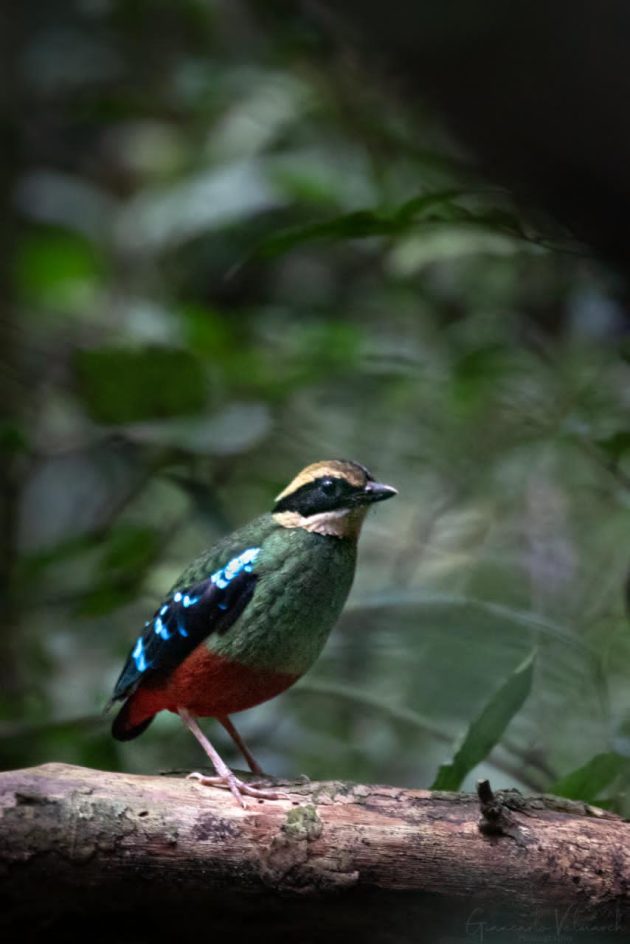
Here are a few tips for birders planning to visit:
- Bring binoculars and a spotting scope (if possible), as some birds can be distant or in dense habitats.
- A good field guide to East African or African birds is very helpful. I also recommend using birding apps like Merlin or eBird to log sightings.
- Pack lightweight, neutral-colored clothing, a hat, sunscreen, and insect repellent. Some trails can be muddy, so waterproof boots or sturdy walking shoes are essential.
- A camera with a zoom lens is great for photography, especially in open areas like Queen Elizabeth or Kidepo.
- For forest birding, be prepared for early starts, as many key species are most active in the morning.
- Lastly, birders coming for specific targets like the Shoebill, Fox’s Weaver, or Albertine Rift endemics should let me know in advance, so I can customize the itinerary accordingly.
Glossy Ibis
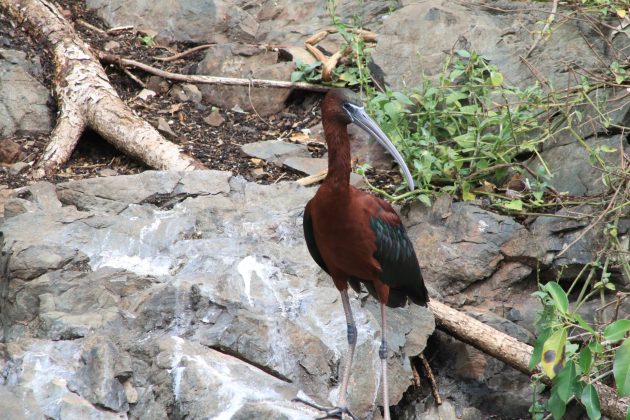
If any readers of 10,000 Birds are interested in birding with you, how can they best contact you?
They can reach me via my email twinomugisha13608@gmail.com
Malachite Kingfisher
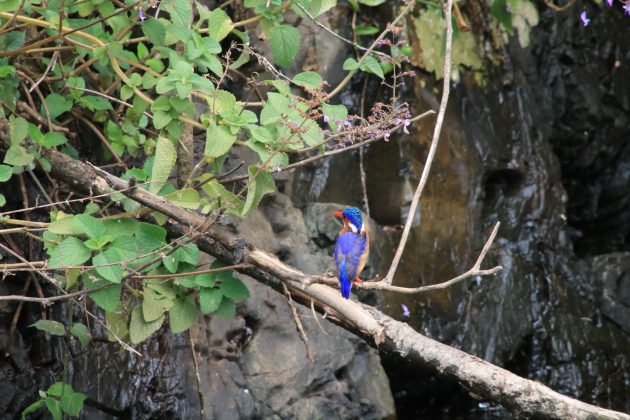


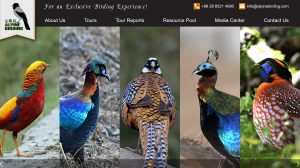
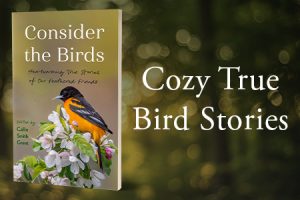
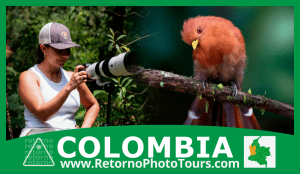
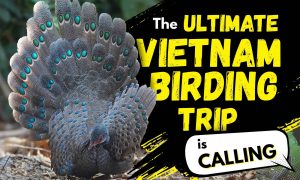
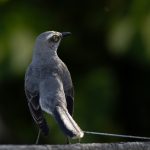
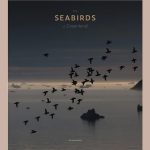
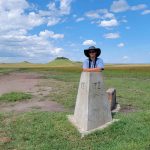
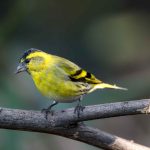
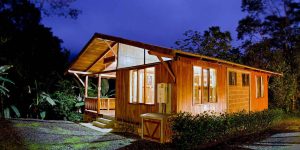
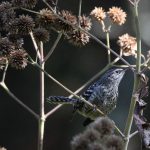
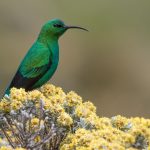
Leave a Comment